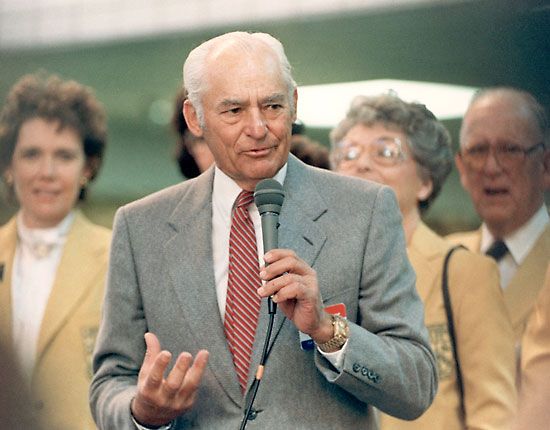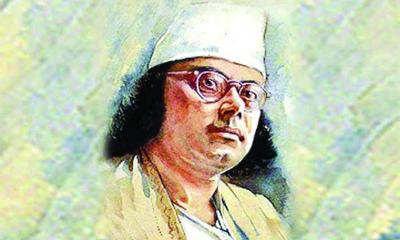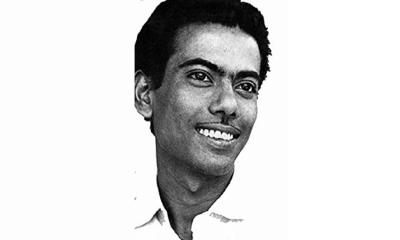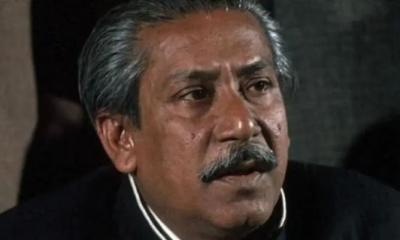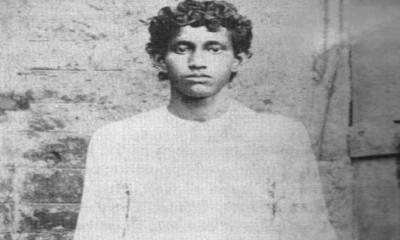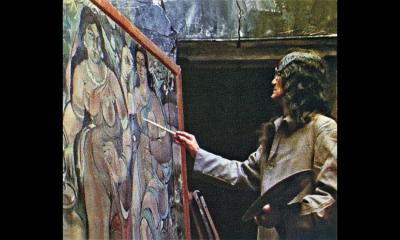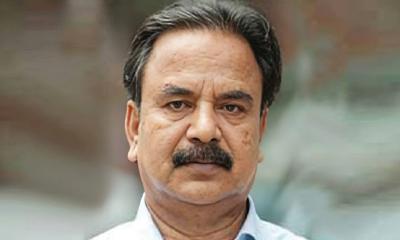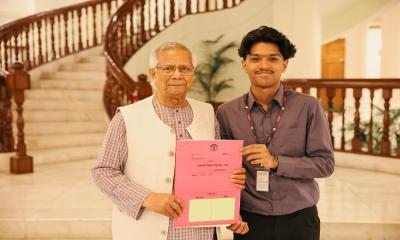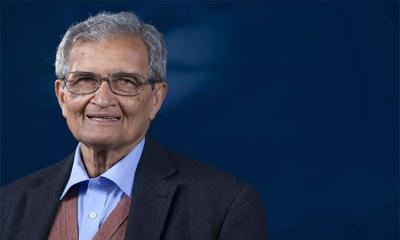Samuel Moore Walton, popularly known as Sam Walton single-handedly built Wal-Mart into the biggest retailer in the world, transforming the way America shopped and making himself one of the world's richest men in the process. Thanks to his "aw, shucks" demeanor and his strategy of targeting rural areas, retailing giants like Kmart, Sears and Woolworth's never saw the scrappy, pickup-driving country boy coming. And when they did, it was too late to stop to the determined Sam!
Walton began what would be a lifelong career in the retail business in 1940, when he took a job as a sales trainee at a J.C. Penney store in Des Moines, Iowa. Walton was enthusiastic about his job, but he was never one of Penney's most thorough employees. He hated to make customers wait while he fussed with paperwork, so his books were a mess. His boss even threatened to fire him, saying he was not cut out for retail work. Walton was saved by his ability as a salesman, and he added about $25 per month in commissions to his beginner's salary.
Drafted into the United States Army in 1942, Walton served stateside as a communications officer in the Army Intelligence Corps for the duration of World War II. By the time he was released from the military in 1945, Walton had a wife and child to support, so he decided to strike out on his own. Putting up $5,000 of his own money and $20,000 that he borrowed from his father-in-law, at the age of 27, Walton purchased a Ben Franklin variety store in Newport, Arkansas.
Through hard work and a policy of pricing products well below what other retailers charged, Walton soon tripled his business, and by 1950, he owned the leading Ben Franklin store in a six-state region. The store's success wasn't lost on Walton's landlord, who decided to acquire the business for his son. Sam had no intention of selling, so the landlord simply refused to renew his lease.
The experience would have caused most people to give up. But not Sam Walton. He searched the rural towns of Arkansas for a new place to do business, and found it in the tiny community of Bentonville. There he set up shop in a store on the town square, this time insisting on a 99-year lease.
Walton opened Walton's Five & Dime in the summer of 1950. There were two other variety stores in town, but neither offered the consistently low prices that Walton did. As a result, the new enterprise quickly achieved the same success of his previous venture, prompting Walton to look for other such opportunities. "Maybe it was just my itch to do more business," he would later muse, "And maybe, too, I didn't want all my eggs in one basket."
Throughout the 1950s, using borrowed money and the profits from stores he already owned, Walton acquired one variety store after another. By 1960, he was the proud owner of 15 stores. But he wasn't seeing the profits he'd expected and thought he ought to be making more money for the kind of effort he was putting in. He decided to adopt a new strategy—dramatically cutting prices in hopes of undercutting his competition and making up the difference in price through a higher volume of sales. The practice wasn't exactly new, but at the time, discount stores tended to be small, to be located in cities, and to only discount specialty items. Walton's idea was to build big stores that discounted everything they stocked, and to place them in small towns.
Initially, he approached the company that franchised Ben Franklin stores with his idea. But the company directors loudly refused to back him when Walton explained that they would have to cut their standard wholesale margin in half to accommodate the low prices he intended to charge. So Walton decided to take the gamble himself. Mortgaging his home and borrowing to the hilt, he opened his first Wal-Mart (short for Walton Mart) in 1962 in Rogers, Arkansas—not far from Bentonville.
Walton wasn't alone in his venture into discounting. That same year, S.S. Kresge launched Kmart and Woolworth's started Woolco, both of which could have easily crushed Walmart. But Walton was too far off the beaten path to attract the attention of these retail giants.
Thrilled that big-city discounting had come to small-town America, rural customers flocked to Walton's stores, and sales soared. This early success providing funding for further expansion, and by 1969, there were 18 Wal-Marts throughout Arkansas and Missouri. Until that time, Walton had funded expansion from profits and borrowing, but in 1970,
he decided to take the company public. The initial offering generated nearly $5 million, and although Walton and his family retained 61 percent ownership of the stock, the proceeds allowed him to pay off the company's debts and move forward with his ambitious expansion plans.
On March 17, 1992, President George Bush presented Walton with the Medal of Freedom for his entrepreneurial spirit and his concern for his employees and community. It would be his last, greatest achievement. A few days later, Walton checked into the University of Arkansas Hospital and passed away on April 5, 1992, six days after his 74th birthday. At the time of his death, he had a net worth of nearly $25 billion.
Samuel M. Walton was born on March 29, 1989 and passed away on April 5, 1992.
Source: Entreprenuer


